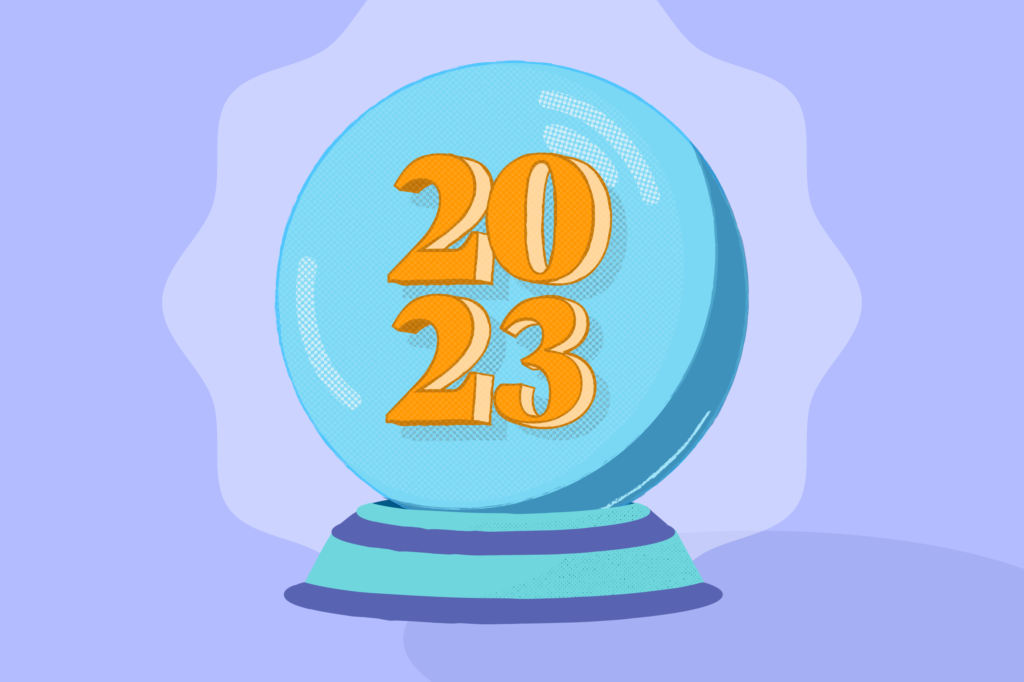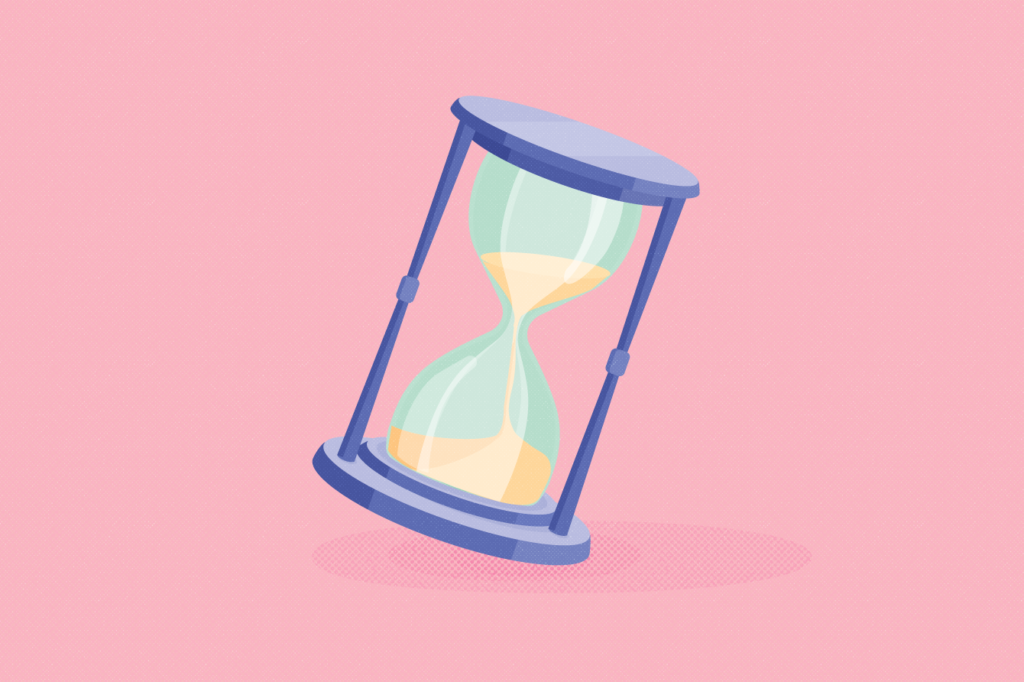Review any customer survey results or industry research and you’ll find waiting on hold always ranks among the top three causes of customer frustration. Being on-hold for a long time when contacting a company is a top customer frustration. When asked, customers say the number one thing a company can do to improve the interaction with that company is to value their time. Not making a caller wait on hold to speak to a customer service agent is a simple concept, but one that too often is overlooked, or if implemented incorrectly, can sometimes cause more harm than good.
As I mentioned in my first blog, 10 Ways Callback Creates a Better Customer Experience, many callback solutions are designed to create a pleasant customer experience, one that is void of making a caller wait on hold for long periods of time. Customizing that solution can be complicated, and knowing your customer’s habits, needs, and desires is half the battle of configuring your solution to efficiently manage each and every call that enters your contact center. The other half of the battle? You guessed it, actually configuring the system.
In the 10 Ways Callback Creates a Better Customer Experience blog post, I listed 10 ideas for configuring your callback solution. In creating the most efficient process possible, however, it is also important to understand your caller’s thought process and identify the optimal placement of the callback option, how that callback option should sound to the customer, and how your queues should be configured to optimize the callback solution’s efficiency. Here are a few additional factors to keep in mind when designing your solution:
1. Where should you offer the callback option within your routing?
Typically, companies place the callback option as the last stop in the self-service menu. This means that companies offer callbacks after authentication, segmentation, and self-service, usually in that order. This gives your self-service menu the best opportunity to solve the caller’s problem before being transferred to the most expensive option, the agent. By placing the callback option after authentication and segmentation, you help gather critical customer information for the agent and you help alleviate routing errors – both elements in boosting first call resolution and customer satisfaction.
Some companies have sophisticated strategies for identifying a caller’s wants and needs, determining the intrinsic value of that caller in terms of potential revenue opportunity, or identifying a caller’s “churn probability” that may put future revenue at risk. By the time the caller has navigated through the up-front processes and has been presented to the ACD routing engine, the caller has been segmented into unique “buckets” that have specific service level objectives and may even be routed to specialized agents. Let’s use a simple example of a company that groups its customers into three value segments, Gold, Silver and Bronze. Gold customers will have a shorter announced wait time than a Silver customer, or may even be routed immediately to the next available agent. Your callback solution should “see” each segment as a unique queue, with unique business rules – and even provide unique voice prompting.
A great callback solution will let you segment and control how specific groups of callers are treated and can adapt to your specific business or operational conditions in determining when to offer callbacks. Consider the example of how different conditions, such as time of day, affect your contact center operations. How can you ensure you can return all calls before the business day ends? Wouldn’t it make sense to be able to adjust your call back software to operate one way during business hours, another way as you get closer to the end of the day, and yet another after you close shop? Imagine being able to automatically prevent the build-up of calls in queue by implementing configurable, end-of-day strategies.
2. When should you offer the callback option during the call?
When a caller hears those dreaded words “There are no agents available to answer your call”, they immediately form an opinion of your company, which usually is not a pleasant one. The very next thing the caller expects to hear is your system informing them how long it will be before they are speaking to a customer service agent. If this is not stated, the risk of them abandoning the call increases exponentially. If you are fortunate and they decided to wait it out, there is still a very large risk of the caller’s satisfaction plummeting, which could also lead to an increased talk time with the agent as the caller vents their frustration.
Although this was discussed in my original blog, it is so important to get it right in order to maximize your solutions efficiency and customer satisfaction. Offering the callback option early in the call gets them to believe that it is in their best interest to request that callback. Generally speaking, you will want to set up your solution to offer the callback option corresponding with your Service Level timeframe. For example, if you service level is set to answering 80% of calls within 90 seconds, you should set your callback solution to offer a callback starting at 90 seconds. This means that when the estimated wait time (EWT) surpasses 90 seconds, the caller will be offered the callback option.
You may ask “Why should I set it so low? Nobody will request a callback if the wait time is only 90 seconds, 2 minutes, or even 5 minutes”. The qualifying element of that statement is “nobody”. Statistics actually show that some callers will request a callback no matter how short the wait time is. Some will be curious what the technology actually does, let alone wonder if it would even work. The bottom line is, even if 10 callers request a callback when the wait time is only 90 seconds, that would mean you just turned 10 calls into Service Level wins. Who could argue with those numbers?
3. What should my callback solution say to the caller?
When I call a company, and hear there are no agents available, I at least expect to hear my wait time. Too many companies still have not implemented some form of callback technology, let alone a solution that can inform me how long it will be before I can speak to an agent. For those companies that do value our time, and have employed a callback solution, knowing what to say and when to say it is key to the success of the technology.
Some callback solutions provide the flexibility of customizing when and how you quote the estimated wait time. Should you quote it before the callback option is provided, or after? Should you announce the wait time but not provide a callback option? Should you quote the actual wait time or tell the caller a range of wait time? These questions are always difficult to answer, but ones that should absolutely be considered when customizing your solution.
Most callback solutions are standard, in that you do not have much choice where the callback option is placed. Nor can you choose how to speak the estimated wait time. For those solutions that do provide this flexibility, the customization could come down to what type of queue the solution is configured on, the number of agents that staff the queue, as well as when the call volume increases or subsides throughout the day. One vital best practice is that no matter where you place the callback option, it is more desirable to announce the estimated wait time as a range of time, instead of the actual time. Most callback solutions are unable to call a customer back at the exact time that was quoted. Therefore, stating a range broadens the caller’s expectation of when they will be speaking to an agent, and when that callback occurs within that range of time, the caller’s experience has been enhanced, and you have a much better chance of receiving positive feedback from that customer.
4. How should my callback solution treat the callback?
If a caller opts to request a callback, they will expect that call within the timeframe that was quoted to them. If that callback happens early, chances are the caller will be ok with that. If it occurs late, however, you might as well not have offered it at all. Additionally, if the callback does occur on time (or early), the caller will be expecting to speak to an agent shortly. Unfortunately, that “shortly” represents seconds, typically within 10 to 15 seconds. If the caller answers the callback and they are forced to wait more than a minute, their experience has been severely impacted, and the chances of them requesting a callback in the future has drastically diminished.
This undesirable scenario can be avoided by deploying a callback solution that utilizes your ACD routing prioritization. For a callback to be processed accurately and efficiently within your system’s Callflow, your callbacks need be prioritized at a higher relative priority than the holding calls in the queue, meaning when the callback occurs, and the customer requests to speak to an agent, that call will be placed at the front of the queue to be answered by the next available agent. This helps preserve a first in, first out (FIFO) call integrity and helps you meet the promise you made to your customer when you offered the callback option.
Configuring your callback solution should not require a Master’s degree. As long as you keep your caller’s best interest in mind, and follow the above suggestions for knowing where to place the callback option, what to say to the caller, and understand how to manage the return call to the customer, you will have succeeded at minimizing the impact of one of your caller’s top frustrations: waiting on hold. Your customers want, and sometimes expect, you to respect their time. Don’t you think it’s time to reward them with a positive customer experience?





